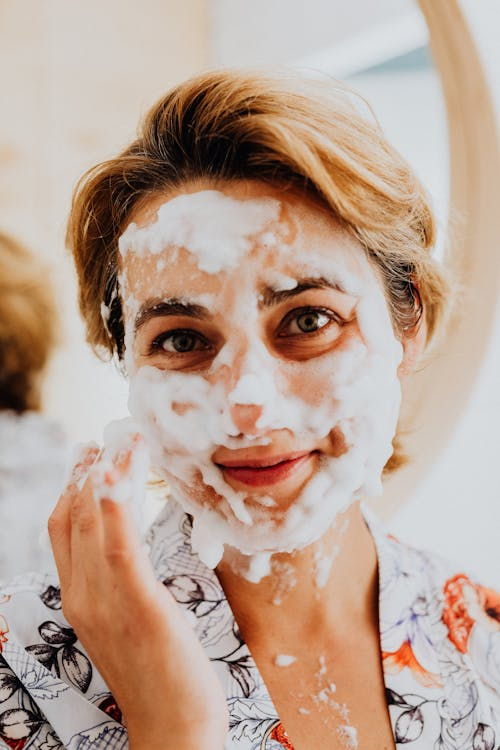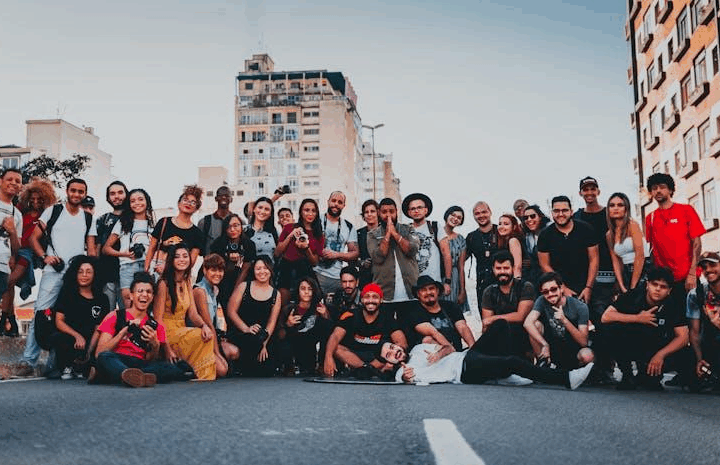In choosing garments for challenging environments, appearance is just as important as robustness. Specialised clothing suppliers like JRS Industrial Supplies know that the combination of visual branding and clothing built to stand up to long days on site is vital. Personalised workwear isn’t just about looking professional, it must breathe, protect and withstand wear and tear, whilst still being suitable for embroidery or print. If you choose the wrong fabrics, the final product will either fail to meet expectations or break down in a few weeks.
Breathability Shouldn’t Be Optional
Comfort doesn’t have to suffer when wearing high visibility gear. In warmer seasons, lightweight, breathable fabrics like polyester mesh or moisture-wicking cotton poly blends let air circulate to prevent overheating. Garments that are too thick trap heat and can quickly become a liability, especially when layered under protective equipment. Search for textiles that draw perspiration away from the body and dry quickly to keep the wearer fresh and focused.
Toughness That Goes the Distance
The material must be able to withstand friction in environments where snags, scrapes or heavy movement are part of daily tasks. Dense-weave polyesters and canvas blends offer abrasion resistance without becoming too rigid. These choices enable logos or names to be stitched or heat transferred to surfaces that won’t warp or tear under pressure. A poorly selected fabric may hold a print well in the first week but become a frayed mess by month’s end.
Standing Up to the Weather
In industrial or outdoor work, rain, wind, and sudden drops in temperature are often unavoidable. To keep employees dry and maintain visibility, water-resistant or weatherproof outer layers are essential. Polyurethane coated hi vis garments or hi vis garments made from laminated polyester provide protection without being too bulky. If the elements don’t interfere with comfort, productivity remains high and branding is legible regardless of the conditions.
Colour Retention and UV Resistance
To fulfil their purpose, hi vis colours need to stay vibrant. Worn-out garments not only look unprofessional, they can compromise safety. It is important to select materials that will retain fluorescent brightness, even after many washes or prolonged sun exposure. The use of UV-resistant textiles with pigment-stable fibres means the clothing will last longer, keeping your branding sharp and unmistakable.
Designed for Branding Compatibility
The look is not the sole factor, it’s also about how a material works with branding techniques. Sturdy fabrics are needed for embroidery as they can support stitching without puckering. Smooth, even surfaces that hold ink or film firmly are required for screen printing or heat transfer. Polycotton twill or heavyweight cotton makes for a good foundation for clear, long-lasting logos. Stretch-heavy, shiny materials can crack or distort after a few wears or washes, ruining the professionalism you’re trying to convey.
Easy Care and Durability in the Wash
Buying a workwear item that looks good on day one but falls apart in the laundry is a poor investment. Garments need to be able to survive repeated cycles in industrial or home washers, sometimes at high temperatures. Avoid materials that are prone to shrinking, fading or losing shape when heated. Blends with polyester or high tenacity nylon tend to retain structure and resist staining, which is important in dirty, high-contact jobs and worksites.
Fit That Supports Function
Feel and flexibility are influenced by material choice. Garments that move with them are needed by workers who crouch, lift, or climb. Natural movement is allowed without stressing seams or distorting branding in stretch-enhanced polycotton or gusseted designs. Uncomfortable or rigid gear isn’t just uncomfortable, it can be dangerous and unprofessional.
Getting It Right with the Right Workwear
Custom workwear should perform just as well as it promotes. That balance starts with fabrics chosen for their strength, breathability, weather resistance, and branding compatibility. By sourcing from trusted clothing suppliers, businesses ensure their teams stay protected, comfortable, and visually aligned with company identity—day after day, site after site. High visibility shouldn’t come at the cost of quality. With the right materials, it never has to.







